Market Analysis for the New Millennium
$17.03
| Author(s) | |
|---|---|
| Format |
|
| Pages |
219 |
| Publication Year |
2017 |
Market Analysis for the New Millennium lights the way professionals should be conducting financial analysis. The contributors understand what’s really going on in the markets. Collectively, these twelve authors tear down convention and build a powerful case for a brand new way.
Author’s Note:
Conventional analysis is a wasteland of irrelevance. Financial analysts, economists and media commentators spend countless hours and pages discussing what effect the latest social events, political trends, central bank machinations, corporate earnings reports, etc. will have on stock prices, and yet there are no studies to back up adequately any of their working assumptions. Once you observe that financial market prices form a fractal with a set of mathematical properties, you understand that they must be independent of outside forces. Indeed, experience reveals that even the most dramatic current events have no more than an apparent fleeting effect on financial prices and rarely a predictable one.
Then what is really going on in the markets? The answer is that impulsive herding behavior is responsible for aggregate market pricing. Such behavior is the product of an unconscious mental process inherited through evolution. This process evolved with a purpose: to protect individuals and species, though it is not effective in every application. Since this impulse is purposeful, it must be patterned. How it is patterned may be open to debate, but one description— greatly the subject of this book — has survived tests of time and prediction.
People who investigate the characteristics of the human herding pattern as revealed in financial prices are working in the right direction, though with the most primitive of tools and understanding. Sometimes this leads to embarrassing errors of both thought and conclusion. Other times, it leads to brilliant insights. Those who espouse the extramarket causality of market trends enjoy a far larger community of support as well as the general presumption of authenticity. On the other hand, they never have useful insights, and they continually fail to predict trend changes. They are simply wasting their time.
“Technical” analysis accepts the primacy of shared mental states with respect to financial market pricing. That’s why I pay attention to studies that attempt to investigate some aspect of those shared mental states. What are their aspects? How are they patterned? How can we benefit from the knowledge?
The financial press typically ignores the people who try to answer these questions. The reason is that one actually has to think, deeply, in order to understand what is really going on in the market place. It is so easy to sound learned tossing off comments about politics, economics and central bank policies that few bother expending the energy to undertake serious studies of market behavior. This book is for those of you who are willing to follow up on that latter effort.
Some of the essays herein are of seminal importance; others are so speculative as to be little more than a tentative toe in the lake of conjecture. None of them, though, uses the conventional view of market causality thus assuring its irrelevance at its outset. By beginning with the proper foundational understanding, each of these essays at least holds the potential of revealing something important. A change to the proper view of social event/mood causality, I hope, is one of the promises of the new millennium.
Contents:
- R.N. Elliott’s Fundamental Challenge to Mechanistic Social Models
- A Key Failure of Linear Statistical Tests of Financial Market Randomness
- Mathematical Basis of Wave Theory
- Wave Factors
- The Hidden Similarity of Two Wave Forms
- An Example of Fibonacci Relationships n the Stock Market
- The Necessity of Accounting for Immaterial Mental States Within Financial Analysis
- Classical Philosophy and the Capital Markets
- Fantasies and Frictions of Finance
- Understanding the Order-Producing Universe
- Metaphysical Implications of the Elliott Wave Principle
- The Stock Market Scene Today: a Jungian Perspective
- The Rationalization of Value in a Mania
- Packet Waves
- Randomness or Order in the Treasury Bond Market?
- Cyclic Analysis in the Financial Markets
- The Sunspot Cycle and Stocks
- The Resolution of a Major Top Projection for the Constant-Dollar Dow Using a Fixed-Time Periodicity
- Achieving Success in Market Analysis
- A call to arms
- What a Trader Really Needs to be Successful
Market Analysis for the New Millennium By Robert R. Prechter pdf
3 reviews for Market Analysis for the New Millennium
Clear filtersOnly logged in customers who have purchased this product may leave a review.



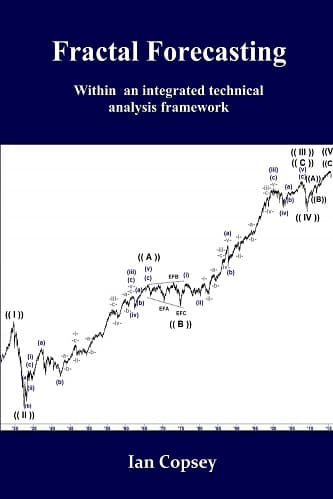

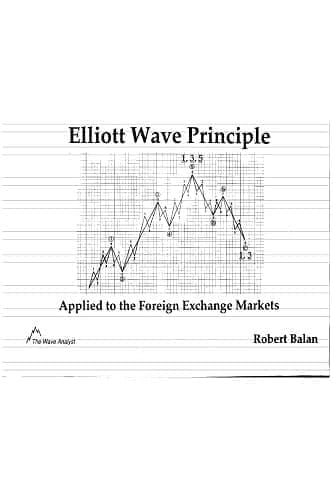
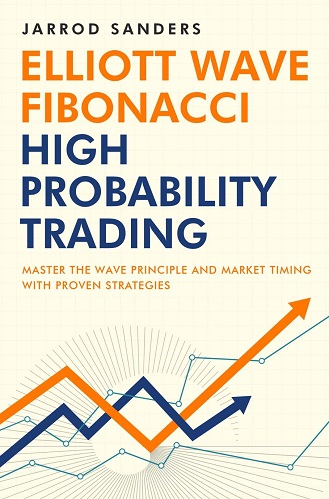
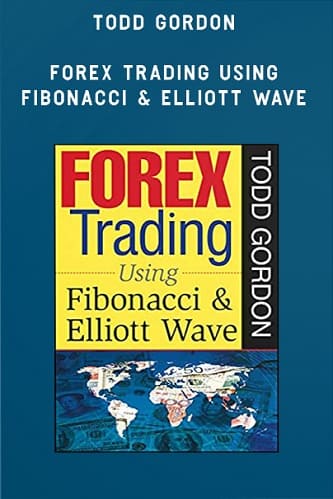

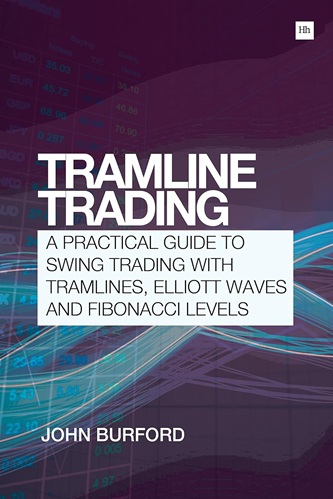
Zara Holland (verified owner) –
Excellent book, I’m happy, thanks!
Branson Carroll (verified owner) –
The book is a collection of research and studies Robert Prechter did to identity different cases in the market movements. Some talks about the sociological part related to market studies, Fibonacci rations, market movement is not chaos, Sun spots and market movements….Etc. These studies are very insightful and did make me better understand market movements. As a Prechter fan I have went through all his books and I can’t say any of them are not good, you will always find new information which will help you better understand Elliottwave theory and market analysis.
Brady Burke (verified owner) –
R. N. Elliott announced the Wave Principles as the “Nature’s Law” some 60 years ago. Since then, many Ellotticians has been predicting the market movements in perfect accuracy, using his methods.
Mr Prechter’s previous book, The Wave Principle of Human Social Behaviour, was about a new discipline called “Socionomics” which was the application of the Elliott wave principles to the Human Social behaviour. In that book Mr Prechter successfully proves that the Social Mood is the motor of all human activities, and the Elliott Wave Theory is the only method to analyse the market behaviour, which is indeed the mirror of the Social Mood, swinging from one extreme to another in the forms of waves.
Market Analysis for the New Millennium is made up of 21 essays of 12 authors. In this book you will find interesting essays about the Social Models, Fractals and Chaos Theory, Mathematical basis of Wave Theory, Finance and Philosophy, Investment Manias, a new Elliott formation called Packet Waves, Sunspot Cycles and Stock Performance and the requirements for successful forecasting and speculation.
In the Foreword, “Conventional analysis is a wasteland of irrelevance” says Mr Prechter. I agree. So what do we need to understand what’s going on ? I recommend you to read this book, I’m sure you will change your views about the market movements, if you still didn’t read the previous books about the Elliott Wave Theory.